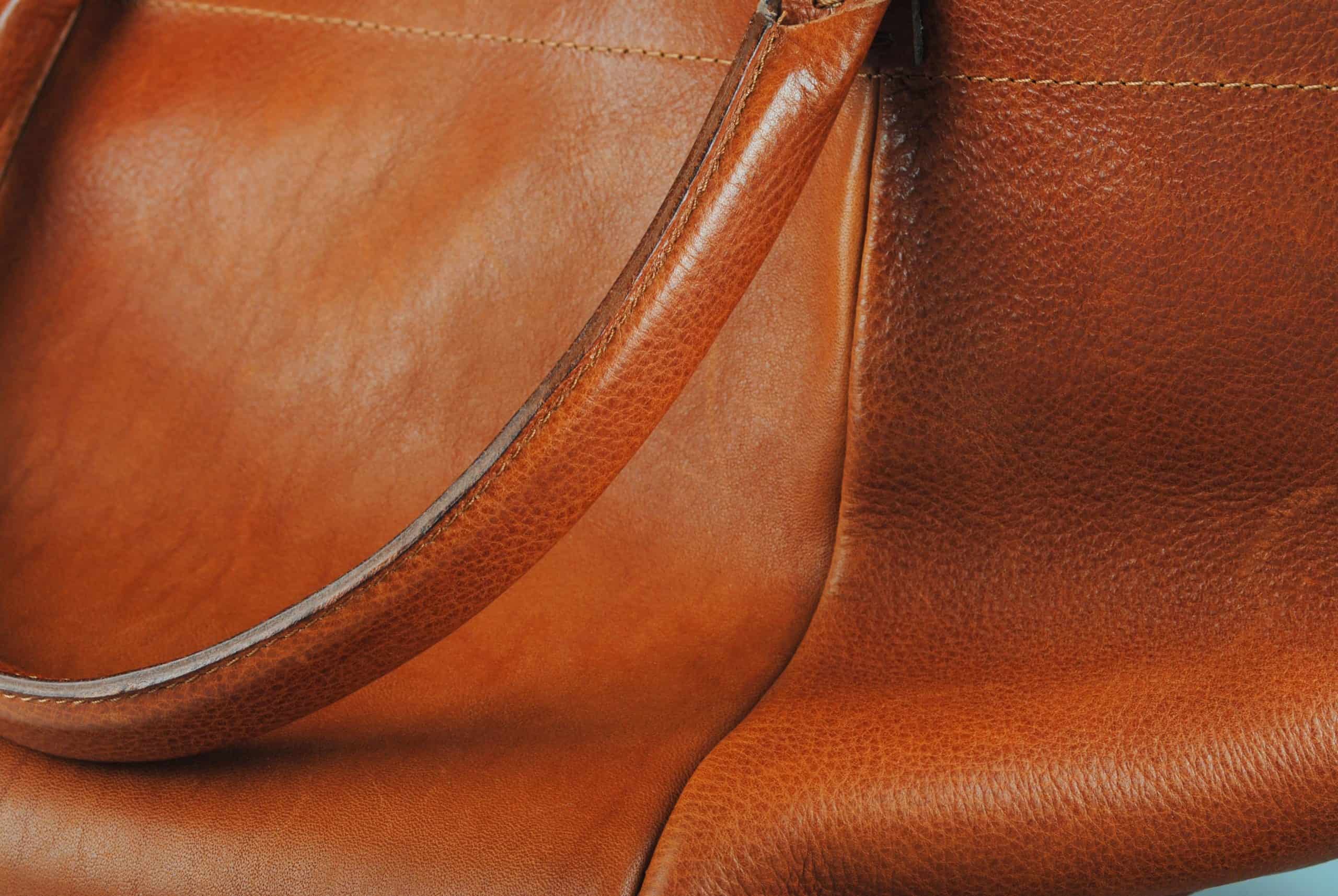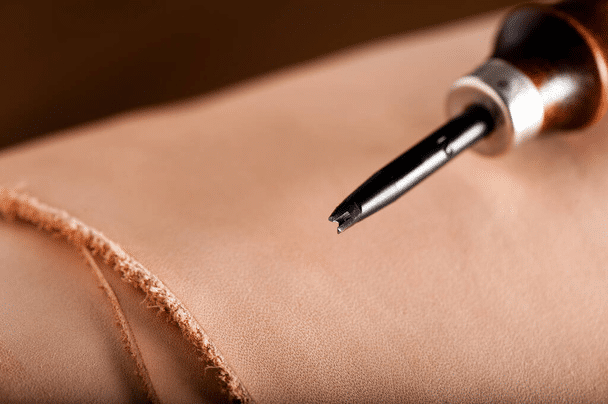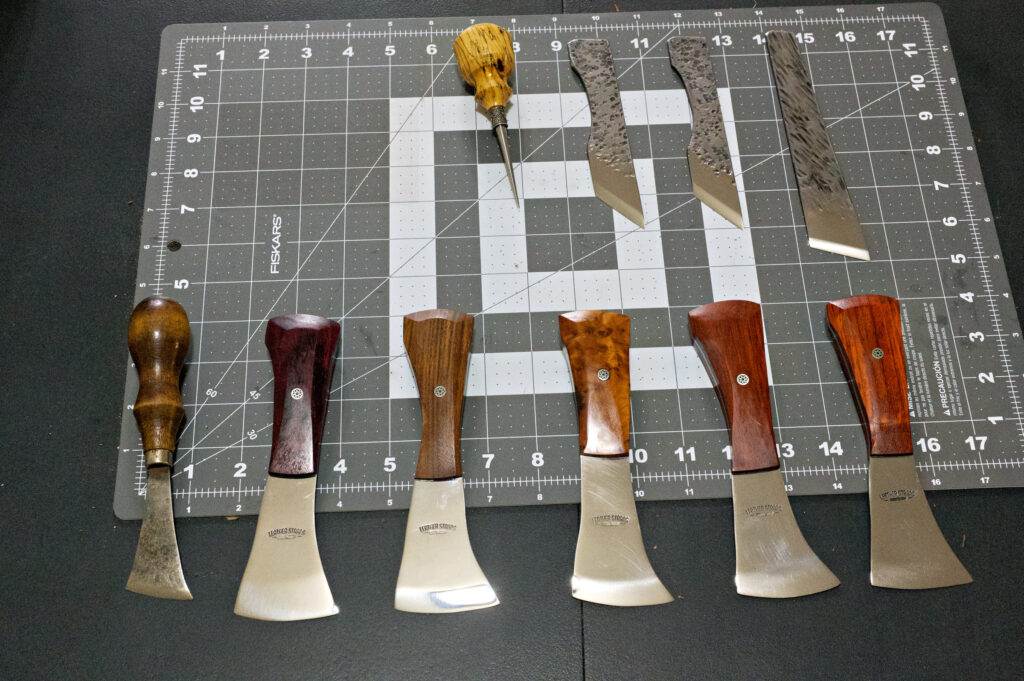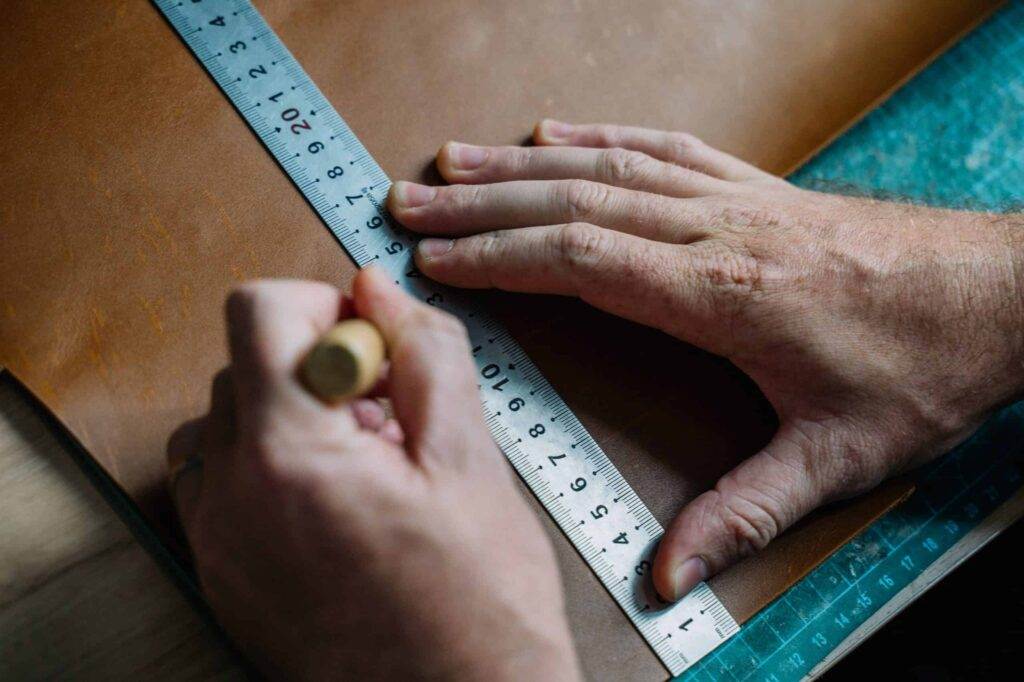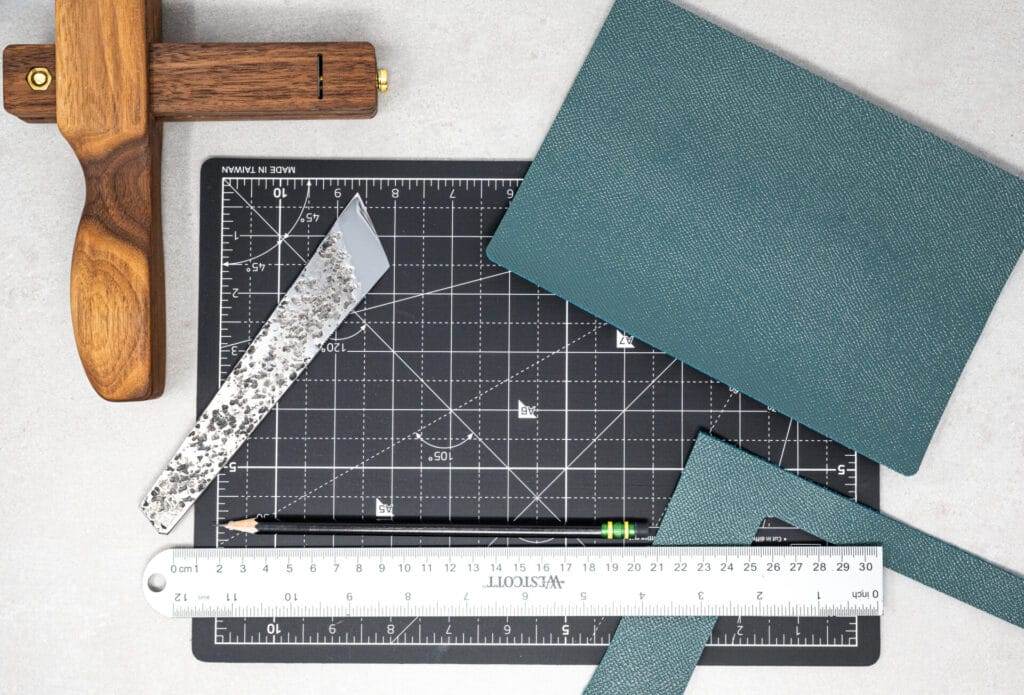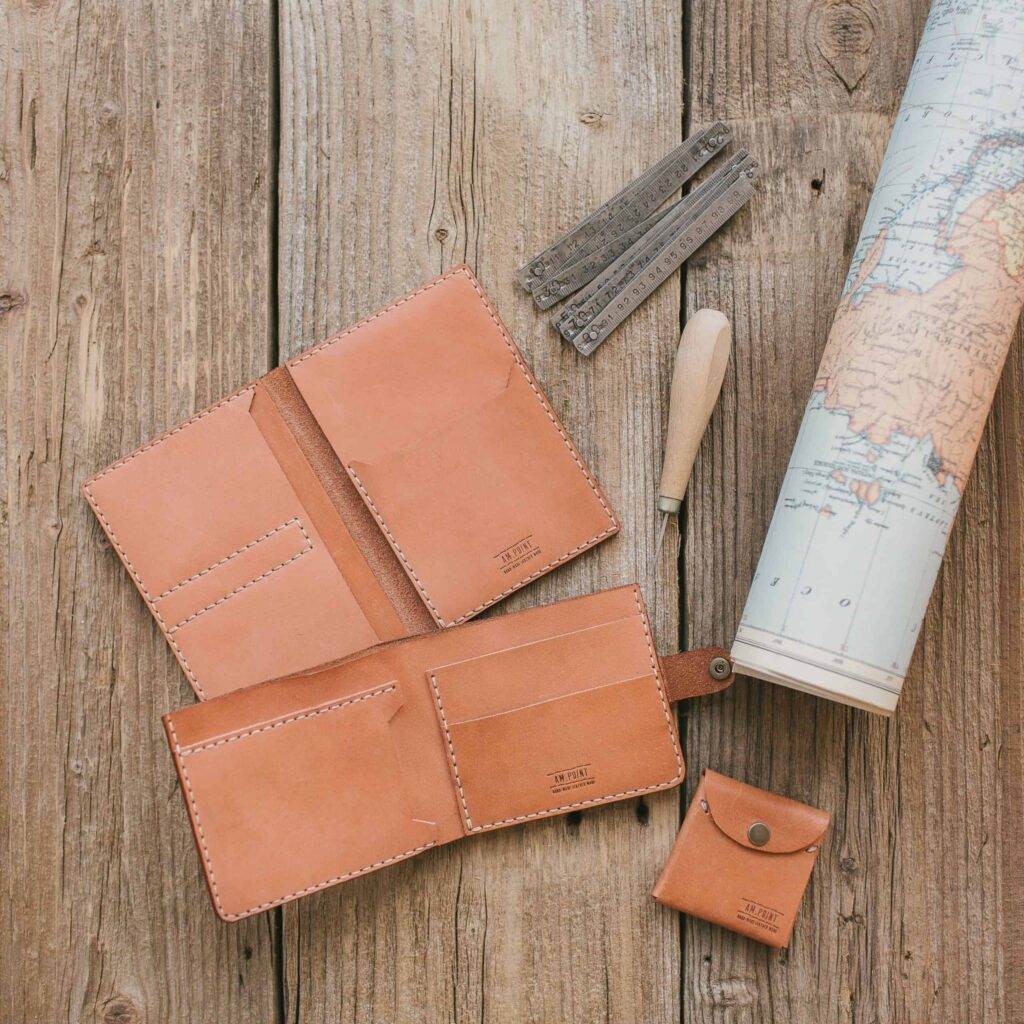Understanding Leather Grades and Quality in Leathercraft
Leather is a versatile material that has been used for centuries in various applications, from clothing and accessories to furniture and automotive interiors. Its durability, aesthetic appeal, and unique texture make it a favored choice among artisans and consumers alike. However, not all leather is created equal, and understanding the different grades of leather is crucial for anyone looking to invest in quality products or embark on leather crafting projects.
Leather grades refer to the classification of leather based on its quality, characteristics, and intended use. This classification system helps consumers make informed decisions when purchasing leather goods, ensuring they select the right type for their needs. The significance of leather grades extends beyond mere aesthetics; it also impacts the longevity and functionality of the final product.
Higher-grade leathers typically offer superior durability and resistance to wear and tear, while lower-grade options may be more prone to damage and deterioration over time. By familiarizing oneself with the various grades of leather, individuals can better appreciate the craftsmanship involved in leather goods and make choices that align with their expectations for quality and performance.
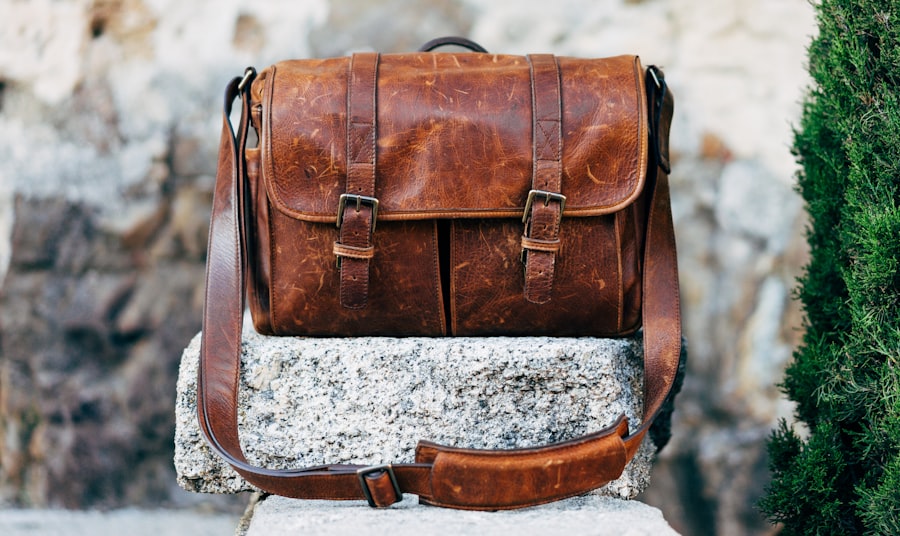
Key Takeaways
- Leather grades are a way to categorize and differentiate the quality of leather based on various factors such as appearance, durability, and texture.
- There are different types of leather grades including full-grain, top-grain, genuine leather, and bonded leather, each with its own unique characteristics and quality levels.
- Understanding leather quality involves considering factors such as the source of the leather, tanning process, and any treatments or finishes applied to the leather.
- Factors affecting leather grades include the type of animal hide used, the tanning process, and any imperfections or blemishes on the leather surface.
- High-quality leather can be identified by its natural appearance, soft and supple texture, and the absence of excessive blemishes or imperfections.
Different Types of Leather Grades
Leather grades can be broadly categorized into several types, each with its unique characteristics and applications. The most common classifications include full-grain, top-grain, genuine leather, and bonded leather. Full-grain leather is considered the highest quality due to its natural grain pattern, which retains the hide’s original texture and imperfections.
This type of leather is known for its durability and ability to develop a rich patina over time, making it a popular choice for high-end products such as luxury handbags and premium furniture. Top-grain leather is another high-quality option, though it undergoes a process that removes the outer layer of the hide. This results in a more uniform appearance, making it easier to dye and finish.
While top-grain leather is still durable and attractive, it may not possess the same level of breathability and aging characteristics as full-grain leather. Genuine leather, often marketed as a more affordable alternative, is made from the lower layers of the hide and may be treated or coated to enhance its appearance. While it can be suitable for certain applications, it typically lacks the durability and longevity associated with higher-grade leathers.
Bonded leather is the lowest grade in this classification system, made from leftover scraps of leather that are bonded together with adhesives. While it can mimic the look of genuine leather at a lower price point, it is generally less durable and may not withstand the test of time. Understanding these different types of leather grades is essential for anyone looking to purchase or work with leather, as each grade offers distinct advantages and disadvantages.
Understanding Leather Quality

The quality of leather is determined by several factors, including the type of hide used, the tanning process, and the finishing techniques applied. High-quality leather typically originates from well-cared-for animals, such as cows or goats, which produce hides that are thicker and more resilient. The tanning process plays a crucial role in preserving the hide and enhancing its properties.
Vegetable tanning, for example, uses natural materials to create a more environmentally friendly product that develops a beautiful patina over time. In contrast, chrome tanning is faster and often results in softer leather but may not offer the same level of durability. Finishing techniques also significantly impact leather quality.
High-quality leathers often undergo minimal finishing to preserve their natural characteristics, while lower-grade options may be heavily processed to mask imperfections. This can lead to a less authentic appearance and feel. Additionally, the presence of natural markings or scars on high-quality leather can be seen as a testament to its authenticity and uniqueness, whereas lower-grade leathers may be artificially altered to achieve a uniform look.
Understanding these aspects of leather quality is vital for anyone involved in leather crafting or purchasing leather goods. By recognizing the importance of hide selection, tanning methods, and finishing processes, individuals can make more informed choices that align with their expectations for durability and aesthetics.
Factors Affecting Leather Grades
Several factors influence the grading of leather, including the source of the hide, the tanning process used, and the intended application of the final product. The origin of the hide plays a significant role in determining its quality; hides from younger animals tend to be softer and more pliable, while those from older animals may be thicker and more durable. Additionally, environmental factors such as climate and diet can affect the condition of the hide at the time of processing.
The tanning process is another critical factor that impacts leather grades. Different tanning methods yield varying results in terms of texture, color retention, and overall durability. For instance, vegetable-tanned leathers are often favored for their eco-friendliness and ability to age gracefully, while chrome-tanned leathers are prized for their softness and vibrant colors but may not have the same longevity.
Furthermore, the skill level of the tanner can also affect the final product; experienced artisans are more likely to produce high-quality leather that meets stringent standards. Finally, the intended use of the leather can dictate its grade. Leather designed for heavy-duty applications, such as work boots or saddles, must be more robust than that intended for fashion accessories or upholstery.
Understanding these factors allows consumers and craftsmen alike to select the appropriate grade of leather for their specific needs.
How to Identify High-Quality Leather
Identifying high-quality leather requires careful observation and an understanding of key characteristics that distinguish premium materials from lower-grade options. One of the most telling signs of quality is the feel of the leather; high-quality leather should feel supple yet firm to the touch. It should have a natural texture that reflects its origin without excessive gloss or artificial finishes.
When you run your fingers across high-quality leather, you should notice subtle variations in texture that indicate its authenticity. Another important aspect to consider is the smell of the leather. Genuine leather has a distinct aroma that is often described as earthy or rich.
In contrast, synthetic leathers or lower-grade options may have a chemical or plastic-like scent due to artificial additives used in their production. Additionally, examining the edges of the leather can provide insight into its quality; high-quality leather typically has smooth edges that are well-finished, while lower-grade options may have rough or uneven edges. Finally, checking for natural imperfections can also help identify high-quality leather.
Scars or markings on full-grain leather are often seen as desirable traits that add character to the material. In contrast, lower-grade leathers may be heavily processed to eliminate such imperfections, resulting in a less authentic appearance. By paying attention to these details, individuals can confidently assess the quality of leather before making a purchase.
Common Misconceptions about Leather Grades

Despite its widespread use and popularity, there are several misconceptions surrounding leather grades that can lead to confusion among consumers. One common myth is that all genuine leather is created equal; however, this is far from true. As previously discussed, genuine leather encompasses various grades that differ significantly in quality and durability.
Many consumers mistakenly believe that purchasing genuine leather guarantees a high-quality product when in reality, they may be acquiring a lower-grade option. Another misconception is that higher-priced leathers are always superior in quality. While price can often correlate with quality due to factors such as sourcing and craftsmanship, it is not an absolute indicator.
Some brands may charge a premium for their products based on branding rather than actual material quality. Conversely, lesser-known artisans or manufacturers may offer exceptional quality at more accessible price points. Therefore, it is essential for consumers to conduct thorough research rather than relying solely on price as an indicator of quality.
Lastly, many people assume that all leather requires extensive maintenance to remain in good condition. While it is true that certain types of leather benefit from regular care—such as conditioning or cleaning—others may require minimal upkeep due to their inherent properties. For instance, full-grain leathers often develop a beautiful patina over time with little intervention needed.
Understanding these nuances can help consumers make informed decisions about their purchases and care routines.
Tips for Choosing the Right Leather for Your Project
When embarking on a leather crafting project or selecting leather goods for personal use, it’s essential to choose the right type based on your specific needs and preferences. First and foremost, consider the intended use of your project; different applications require different types of leather. For example, if you’re creating a durable bag or wallet meant for everyday use, full-grain or top-grain leathers would be ideal due to their strength and longevity.
Conversely, if you’re crafting decorative items or fashion accessories where aesthetics take precedence over durability, you might opt for genuine or even bonded leathers. Next, pay attention to your budget when selecting leather grades. While investing in higher-quality materials often pays off in terms of durability and appearance over time, it’s important to find a balance between quality and affordability based on your project’s requirements.
Researching various suppliers can help you identify options that fit within your budget while still meeting your quality standards. Lastly, don’t hesitate to seek advice from experienced artisans or professionals in the field when choosing your materials. They can provide valuable insights into which types of leather work best for specific projects based on their own experiences.
Additionally, visiting local craft stores or specialty shops allows you to physically examine different leathers before making a decision—an invaluable step in ensuring you select materials that meet your expectations.
Importance of Understanding Leather Grades
In conclusion, understanding leather grades is essential for anyone involved in purchasing or working with this timeless material. The classification system provides valuable insights into the quality and characteristics of different types of leather, enabling consumers to make informed decisions based on their specific needs and preferences. By familiarizing themselves with various grades—such as full-grain, top-grain, genuine leather, and bonded leather—individuals can better appreciate the craftsmanship involved in creating high-quality products.
Moreover, recognizing factors that affect leather grades—such as hide source, tanning processes, and intended applications—empowers consumers to select materials that align with their expectations for durability and aesthetics. Identifying high-quality leather through tactile sensations, scents, and natural imperfections further enhances one’s ability to discern between premium options and lower-grade alternatives. Ultimately, understanding leather grades not only enriches one’s appreciation for this versatile material but also ensures that investments made in leather goods yield lasting satisfaction over time.
Whether embarking on a crafting project or purchasing finished products from artisans like LeatherStraps.org, knowledge about leather grades serves as an invaluable tool in navigating this intricate world of craftsmanship.
FAQs
What are the different grades of leather?
There are four main grades of leather: full grain, top grain, genuine leather, and bonded leather. Each grade has different characteristics and quality levels.
What is full grain leather?
Full grain leather is the highest quality leather, made from the top layer of the hide. It is known for its natural markings, durability, and aging beautifully over time.
What is top grain leather?
Top grain leather is the second highest quality, with the top layer of the hide sanded and stamped to remove imperfections. It is still durable and has a more uniform appearance than full grain leather.
What is genuine leather?
Genuine leather is made from the layers of the hide that are left after the top layers have been used for higher quality leather. It is less durable and may have more imperfections.
What is bonded leather?
Bonded leather is made from scraps of leather that are bonded together with adhesives. It is the lowest quality of leather and lacks the durability and natural characteristics of higher grades.
How can I determine the quality of leather?
You can determine the quality of leather by looking at its grain, texture, and smell. Higher quality leather will have a more natural grain, a supple texture, and a rich, earthy smell.

